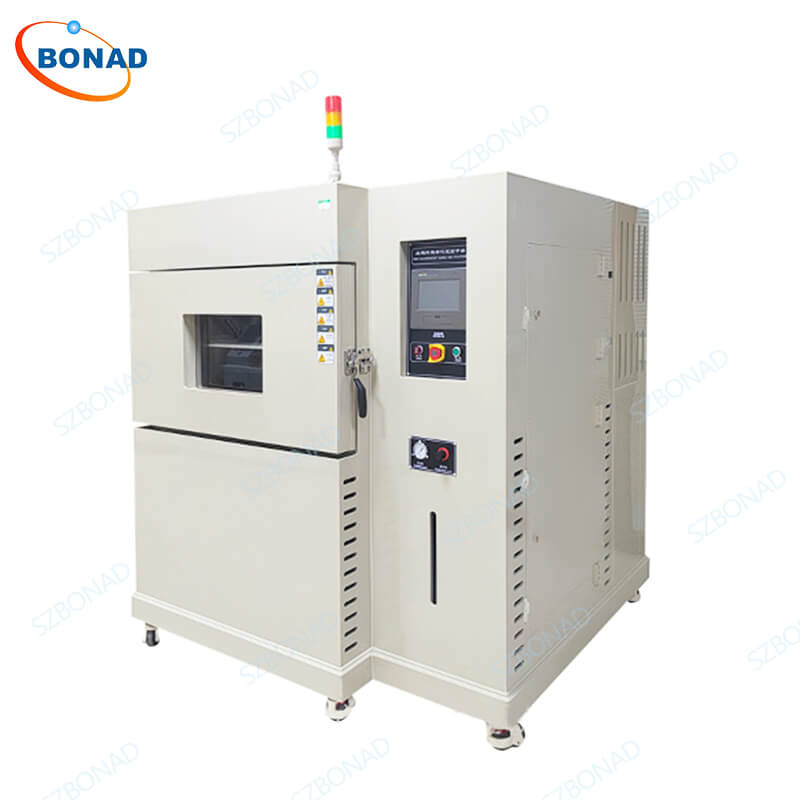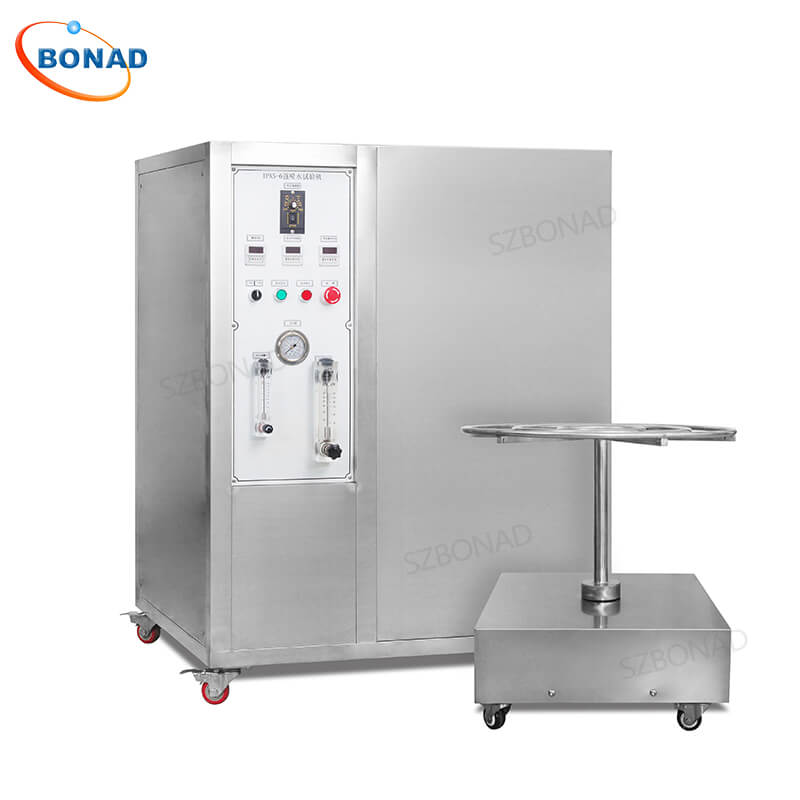Evaluating how materials withstand corrosion is critical across industries like automotive, aerospace, marine, and construction. Two fundamental methods dominate this assessment: the salt spray test and the immersion test. While both aim to predict corrosion resistance, their approaches, simulations, and ideal applications differ significantly. Understanding these differences is key to selecting the right test for your product’s intended environment and requirements.
What is the Salt Spray Test?
The salt spray test (or salt fog test) is an accelerated corrosion test that simulates harsh, salt-laden environments like coastal or marine atmospheres. It’s primarily used to evaluate the corrosion resistance of protective coatings, finishes, metal alloys, fasteners, and components.
- Mechanics: Conducted in a specialized salt spray test chamber, a saltwater solution (often 5% NaCl) is atomized into a fine mist or fog. Test specimens are exposed to this controlled corrosive environment for predetermined periods, ranging from hours to weeks (e.g., 24h, 48h, 96h, 500h, 1000h).
- Applications: Ideal for testing surface coatings (paints, platings), automotive parts, hardware, and any components exposed to salty air but not full submersion.
- Advantages:
- Accelerated corrosion process.
- Reproducible results under standardized conditions (ASTM B117, ISO 9227).
- Widely accepted industry benchmark.
- Efficient for testing multiple samples simultaneously.
What is the Immersion Test?
The immersion test (or dip test/submersion test) involves fully submerging test specimens in a corrosive liquid for an extended duration. This method simulates conditions where materials are constantly exposed to liquids, such as submerged marine components or chemical processing equipment.
- Mechanics: Specimens are completely immersed in a corrosive medium (e.g., saltwater, acidic/alkaline solutions, specific chemicals) within a controlled tank. Test durations can vary significantly, from hours to months, depending on the material and test goals.
- Applications: Essential for evaluating materials in submerged environments (piping, marine structures), testing coating integrity under constant liquid exposure, and assessing bulk material corrosion resistance in specific chemicals.
- Advantages:
- Provides uniform exposure of the entire sample surface to the corrosive medium.
- Can simulate static or dynamic (flowing) conditions.
- Directly replicates fully submerged real-world environments.
- Allows easy monitoring of parameters like weight loss or solution chemistry changes.
Key Differences: Salt Spray vs. Immersion Test
| Feature | Salt Spray Test | Immersion Test |
|---|---|---|
| Simulation | Salt-laden air (coastal/marine atmosphere) | Fully submerged conditions |
| Exposure | Mist/Fog settling on surfaces | Complete submersion in liquid |
| Duration | Relatively short (hours to weeks) | Often longer (days to months) |
| Uniformity | Less uniform (especially on complex shapes) | Highly uniform (all surfaces immersed) |
| Primary Use | Surface coatings, finishes, atmospheric exposure | Bulk materials, submerged components, chemical resistance |
Choosing the Right Test: Salt Spray or Immersion?
Selecting the appropriate corrosion test depends on several factors:
- Product’s Intended Environment: Will it face salt spray (e.g., car body) or full immersion (e.g., ship propeller)? Match the test to the real-world exposure.
- Industry Standards & Specs: Mandatory standards (e.g., ASTM B117 for salt spray, NACE TM0169 for immersion) often dictate the required test method.
- Test Duration & Resources: Need quick results? Salt spray testing in a salt spray test chamber is generally faster. Immersion tests take longer but may offer deeper insights for long-term exposure.
- Desired Data: Evaluating coating performance? Salt spray excels. Assessing bulk material degradation or resistance to specific chemicals? Immersion is likely better.
- Material & Component Type: Coatings vs. solid metals; atmospheric components vs. submerged parts.
Combining Tests for Comprehensive Insight
For critical applications or products facing diverse environments, combining salt spray and immersion tests provides the most comprehensive assessment. Advanced cyclic corrosion testing protocols often integrate elements of both methods (e.g., salt spray cycles alternating with immersion or humidity cycles) to more accurately simulate complex real-world conditions (e.g., splash zones, tidal areas). Analyzing results from both tests offers a nuanced understanding of material and coating performance under various stressors.
Conclusion
Both the salt spray test and immersion test are vital tools for assessing corrosion resistance. The salt spray test, performed in a controlled salt spray test chamber, is the go-to standard for simulating atmospheric salt corrosion on surfaces and coatings. The immersion test provides crucial data for materials and components destined for constant submersion in corrosive liquids. Choosing between them hinges on your product’s specific use case, relevant industry standards, required data, and available resources. For the highest confidence, especially with complex environments, consider a combined or cyclic testing approach.

References & Standards:
- ASTM B117: Standard Practice for Operating Salt Spray (Fog) Apparatus
- ISO 9227: Corrosion tests in artificial atmospheres – Salt spray tests
- NACE TM0169: Laboratory Corrosion Testing of Metals (Immersion)
- DIN 50021: Spray tests with different sodium chloride solutions
- JIS Z 2371: Methods of salt spray testing
- MIL-STD-810G: Environmental Engineering Considerations and Laboratory Tests (Includes various corrosion tests)


